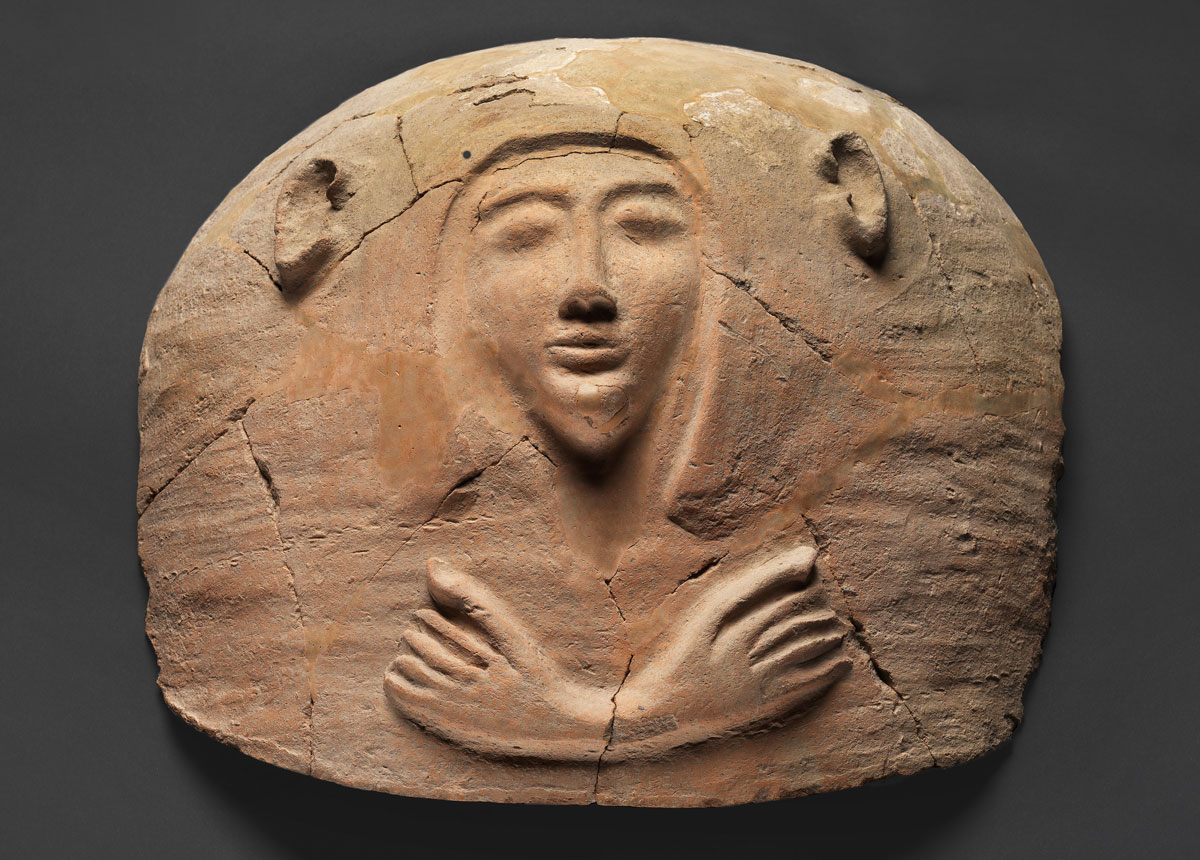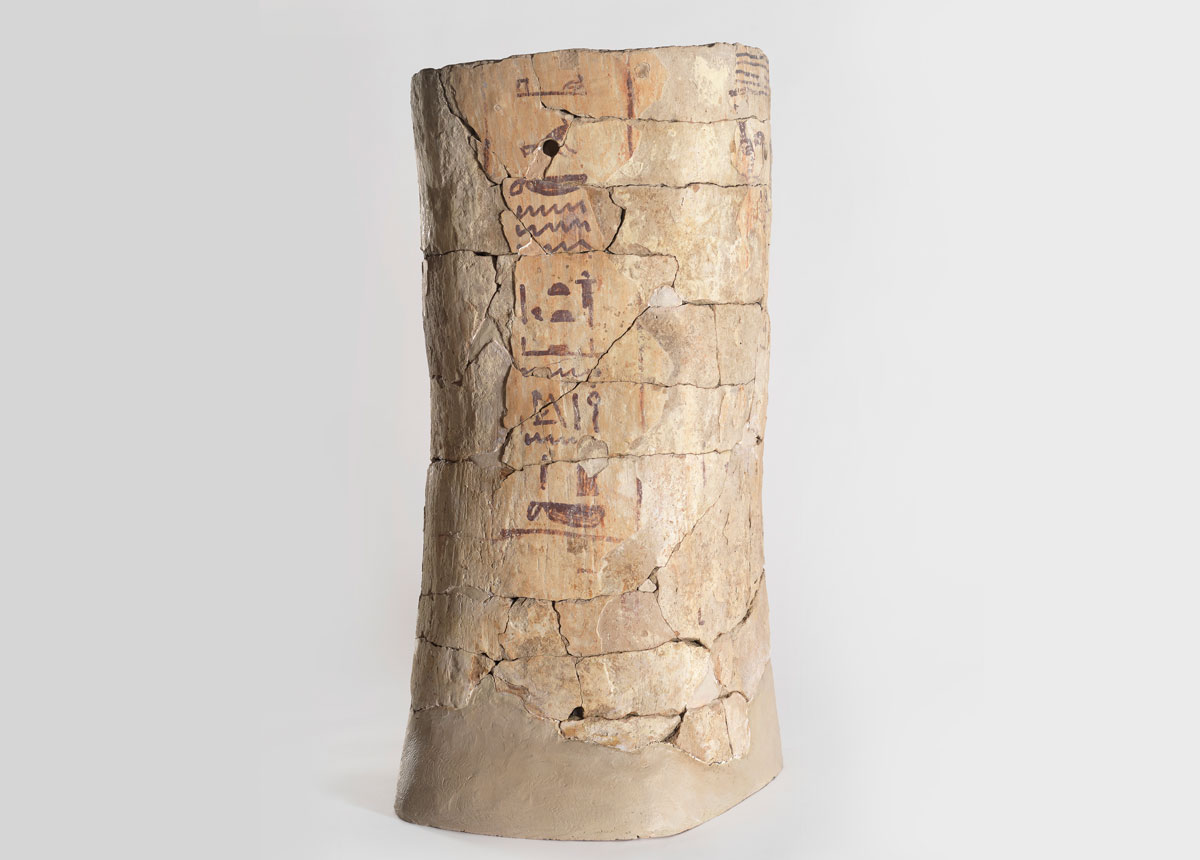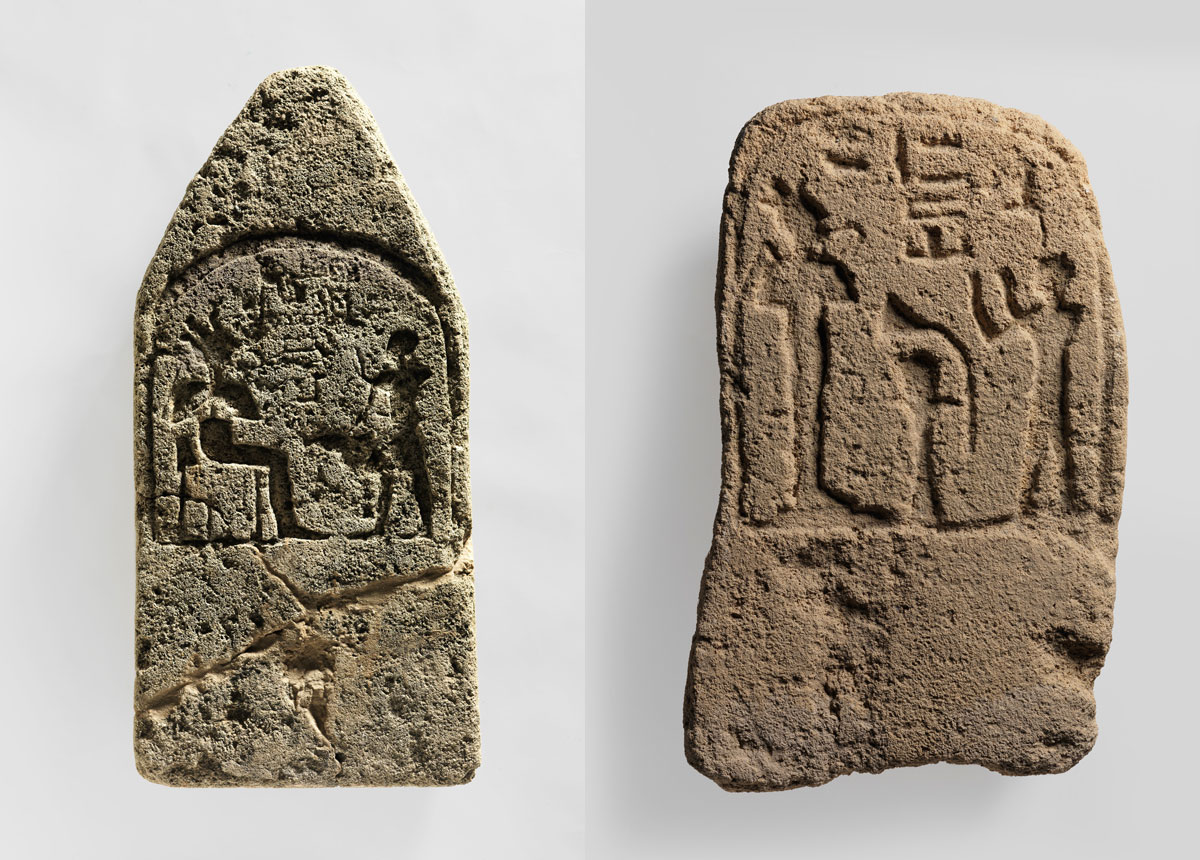Egyptian-Inspired Burial Customs in Canaan
Archaeological evidence points to Egyptian inspiration behind some of the burial
customs practiced in Canaan, such as the use of Egyptian-style anthropoid clay
coffins. These coffins have been found mainly in association with Egyptian
strongholds of the Ramesside Period, but they were probably used by both the
Egyptians stationed at these sites and the Canaanites who lived alongside them.
This is suggested by the mixed nature of the burial gifts found in conjunction
with the coffins, and by the complete absence of mummified bodies and such
essential Egyptian funerary paraphernalia as Canopic jars, heart scarabs, and
inscriptions. Some coffins held the remains of two or more deceased, a practice
that would have been unthinkable in Egypt.
From the Catalogue »




